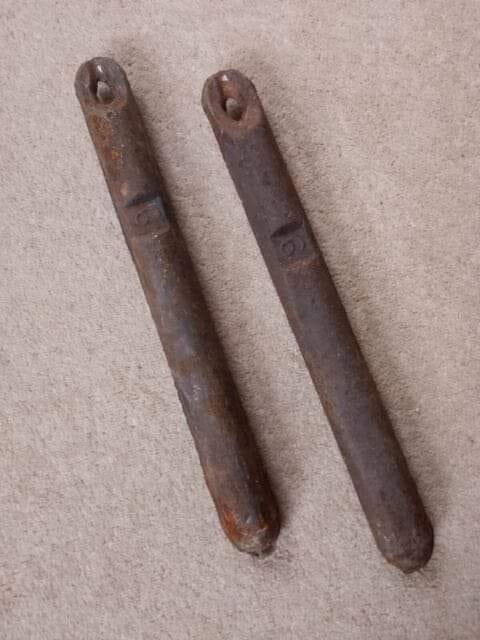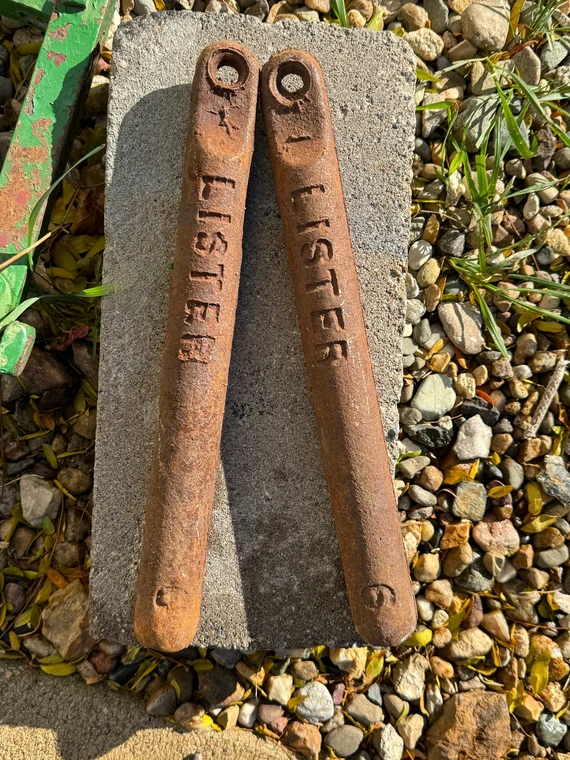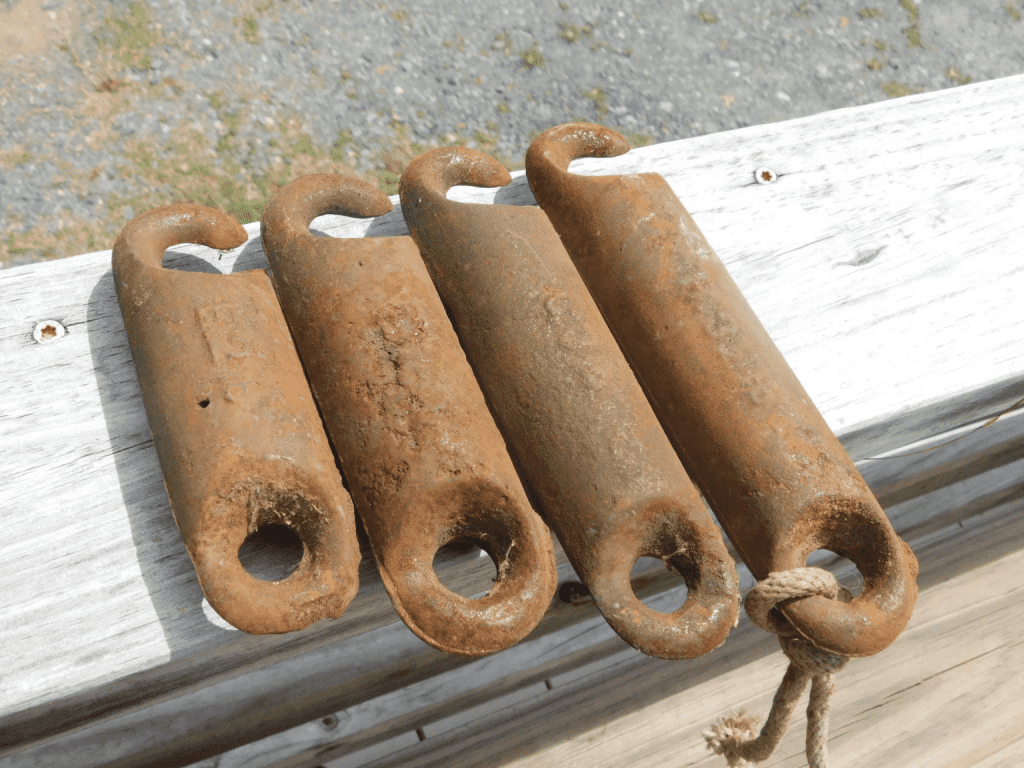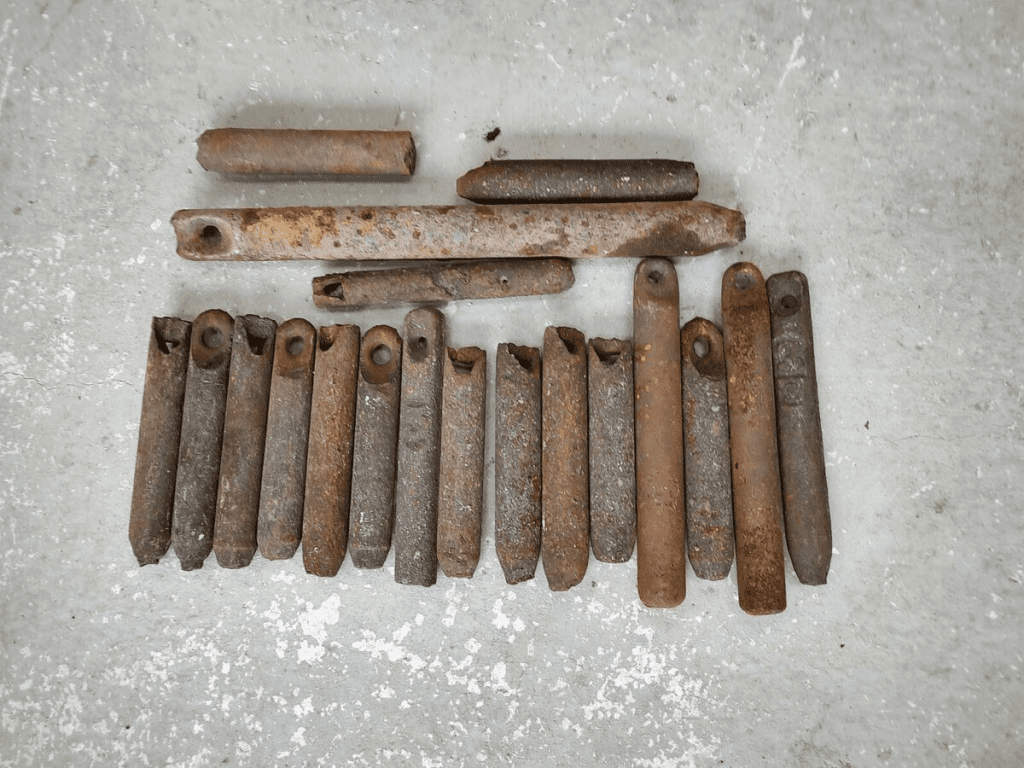Ever wondered what those old, rusted iron weights inside wooden windows are? If you have, you’re likely familiar with the history of sash windows. These iron weights, known as Antique Vintage Window Sash Weights Cast Iron, are the unsung heroes of an era that emphasized functional yet elegant window design. While modern double-glazed windows dominate today’s homes, vintage sash windows with their distinct counterweights still hold a special place in architectural history. In this article, we’ll dive deep into the story of sash windows, their cast iron weights, and their evolution over centuries.

What Are Sash Windows?
A sash window, sometimes referred to as a hung or box sash window, features one or more movable panels called sashes. These sashes hold the glass panes in place and can be either single-hung or double-hung, meaning one or both sashes move vertically. These windows often have divided glass panels held together by wooden glazing bars, creating a charming, classic look.
- Structure and Function: Sash windows use a counterweight system that relies on iron weights, pulleys, and cords to maintain balance. When you raise or lower a sash, the weight system ensures a smooth, stable motion, making it easy to open or close the window. It’s a simple mechanism hidden within the window frame, giving it a clean, seamless appearance.
The Birth of the Sash Window: Who Invented It?
The origins of sash windows are shrouded in mystery. Some attribute their invention to Robert Hooke, an English scientist and inventor, in the late 17th century. Others claim that sash windows were developed in the Netherlands before making their way to England. Despite the debate over their invention, the earliest surviving sash windows can be found at Ham House in Richmond, England, dating back to the 1670s.
- Early Popularity: By the Georgian era (1740-1830), sash windows had become the go-to window design. Their functional elegance made them a staple in homes, government buildings, and even churches. The introduction of counterweights and pulleys during this period further enhanced the ease of operation, setting the stage for their widespread use.
The Evolution of Cast Iron Sash Weights: Essential for Functionality
The cast iron sash weight is a critical component of traditional sash windows, providing the necessary balance to open and close them with minimal effort.
- Early Designs: Early sash weights were made from materials like lead and steel. However, cast iron soon became the preferred choice due to its durability and affordability. These weights were typically cylindrical and heavy, designed to counterbalance the sash and hold it in place once opened.
- How They Work: The iron weights are connected to the sash via a cord that runs over a pulley at the top of the frame. As you lift the sash, the weight moves downward, offsetting the force needed to open the window. This clever mechanism not only made sash windows easier to use but also kept them secure in windy conditions.
- Weight Variety: The weights came in different sizes to match the varying dimensions and materials of sashes. Heavier sashes required heavier weights, ensuring proper balance. This simple but effective design allowed for tall, multi-pane windows, making it possible to illuminate large rooms naturally.
Sash Windows in the Victorian Era: Precision and Industrial Innovation
The Victorian era (1837-1901) brought advancements in window manufacturing, thanks to the Industrial Revolution. This period saw the rise of larger and more intricate sash windows, which became synonymous with Victorian architecture.

- Industrial Advancements: The mass production of glass and cast iron allowed for bigger window panes and more refined sash weights. These innovations made sash windows more affordable for the average homeowner while retaining their elegant design.
- Aesthetic Improvements: Victorian sash windows often featured ornate detailing, with decorative glazing bars dividing the glass panes into smaller sections. The use of cast iron weights remained a key functional element, maintaining balance and stability even in these larger windows.
Challenges of Maintaining Antique Sash Windows
While vintage sash windows exude charm, they come with their own set of challenges, primarily related to maintenance and preservation.
- Rot and Decay: Made from softwood, traditional sash windows are prone to rot, especially when exposed to moisture. Regular painting and sealing are essential to prevent decay.
- Cord Breakage: Over time, the cords connecting the sashes to the weights can fray or snap. Replacing these cords requires skill, as the window frame must be carefully disassembled to access the mechanism.
- Rattling and Draughts: Sash windows are notorious for rattling in strong winds, particularly if the wood has shrunk or warped. Draught-proofing strips and other measures can help address these issues while maintaining the window’s original appearance.

The Enduring Appeal of Sash Windows: Modern vs. Vintage
Despite the rise of uPVC double-glazed windows in the late 20th century, many homeowners still prefer the classic look of sash windows. The choice between modern and vintage sash windows often comes down to aesthetics, functionality, and insulation.
- Modern Sash Windows: Made from uPVC or vinyl, modern sash windows offer better insulation, noise reduction, and energy efficiency. They often mimic the look of traditional wooden sashes but lack the authentic charm of real wood and cast iron components.
- Restored Vintage Sash Windows: For those who appreciate historical architecture, restoring original wooden sash windows is a rewarding project. Restored sashes retain their cast iron weights, original glass panes, and classic wooden frames, offering a timeless elegance unmatched by modern alternatives.
- Balancing Efficiency and Charm: While modern windows are better at keeping out draughts, vintage sash windows provide superior ventilation. Opening both the top and bottom sashes creates a natural airflow that allows warm air to escape from the top while drawing in cooler air from the bottom. This makes vintage sashes ideal for warm climates or during the summer months.

Conclusion: The Legacy of Cast Iron Sash Weights and Timeless Design
Antique window sash weights and the windows they support are more than just functional components of architecture—they’re symbols of a bygone era that valued craftsmanship and practicality. From their invention in the 17th century to their enduring appeal today, sash windows represent a blend of history, aesthetics, and engineering. While modern windows offer convenience and energy efficiency, nothing quite compares to the charm of a well-maintained sash window, complete with its original cast iron weights. If you’re fortunate enough to have one in your home, treasure it—you’re preserving a piece of architectural history.


